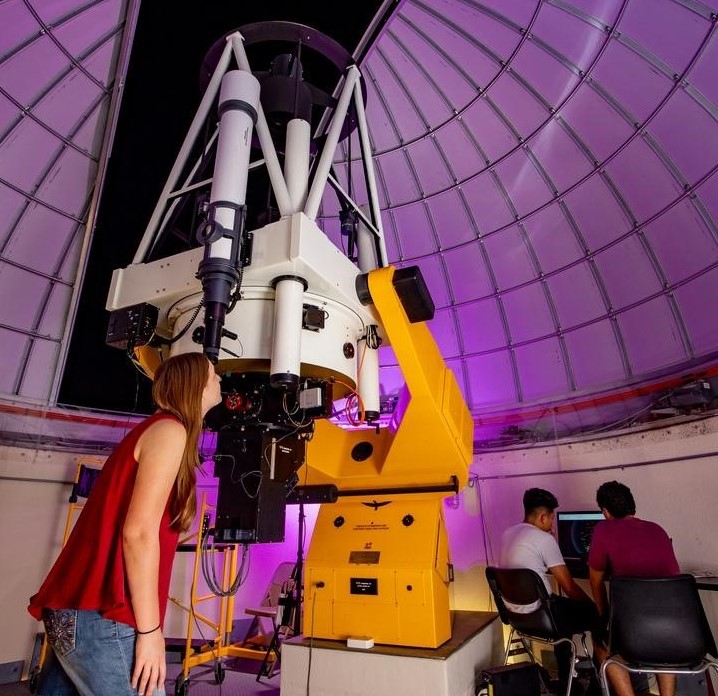Document Type
Article
Publication Title
Journal of Geophysical Research: Atmospheres
Abstract
On 21 August 2009, the Airborne Detector for Energetic Lightning Emissions (ADELE), an array of six gamma-ray detectors, detected a brief burst of gamma rays while flying aboard a Gulfstream V jet near two active thunderstorm cells. The duration and spectral characteristics of the event are consistent with the terrestrial gamma ray flashes (TGFs) seen by instruments in low Earth orbit. A long-duration, complex +IC flash was taking place in the nearer cell at the same time, at a distance of ∼10 km from the plane. The sferics that are probably associated with this flash extended over 54 ms and included several ULF pulses corresponding to charge moment changes of up to 30 C km, this value being in the lower half of the range of sferics associated with TGFs seen from space. Monte Carlo simulations of gamma ray propagation in the Earth's atmosphere show that a TGF of normal intensity would, at this distance, have produced a gamma ray signal in ADELE of approximately the size and spectrum that was actually observed. We conclude that this was the first detection of a TGF from an aircraft. We show that because of the distance, ADELE's directional and spectral capabilities could not strongly constrain the source altitude of the TGF but that such constraints would be possible for TGFs detected at closer range.
DOI
10.1029/2011JD016252
Publication Date
2011
Recommended Citation
Smith, D. M.; Splitt, Michael E.; and Lazarus, Steven M., "A Terrestrial Gamma Ray Flash Observed From An Aircraft" (2011). Aerospace, Physics, and Space Science Faculty Publications. 538.
https://repository.fit.edu/apss_faculty/538


